Are you curious about the lives of remarkable individuals? Here are the top person and artist museums in Catalonia:
- Online discount!
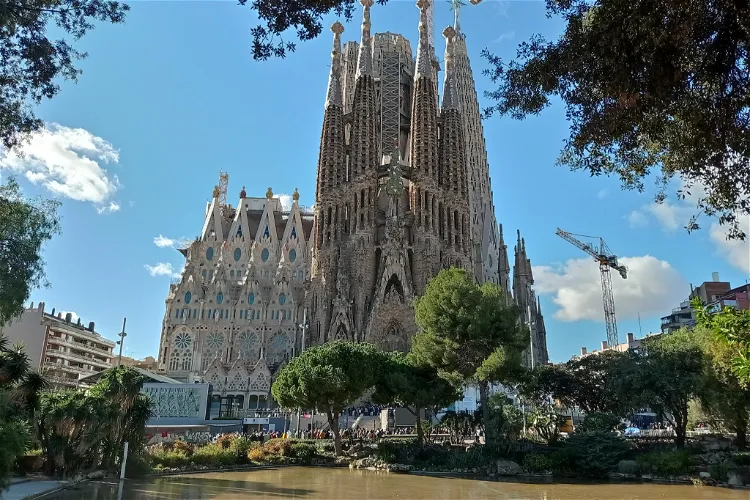
Sagrada Família
BarcelonaThe Sagrada Família, also known as the Temple Expiatori de la Sagrada Família, is an unfinished church located in Barcelona, Catalonia, Spain. This architectural marvel is widely recognized as the masterpiece of the renowned architect Antoni Gaudí. 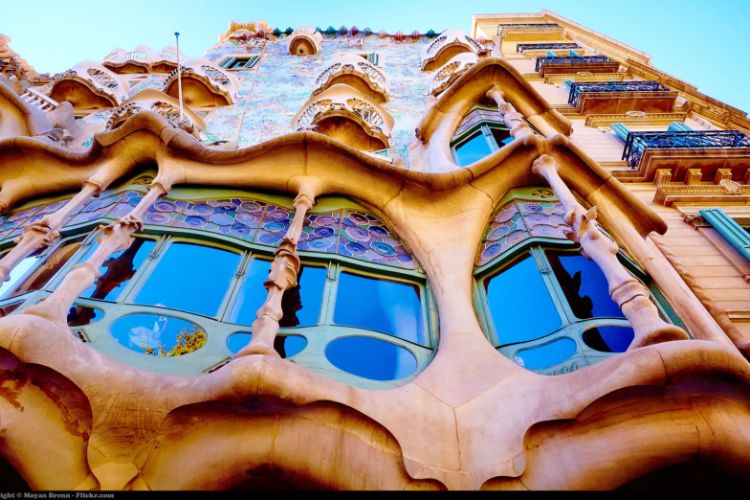
Casa Batlló
BarcelonaCasa Batlló is a building in the city centre of Barcelona that was designed by Antoni Gaudí, which is considered one of his masterpieces. Casa Batlló has been open to the public since 2002. You can visit the former residence of the Batlló family (Noble Floor), the former storerooms and laundry rooms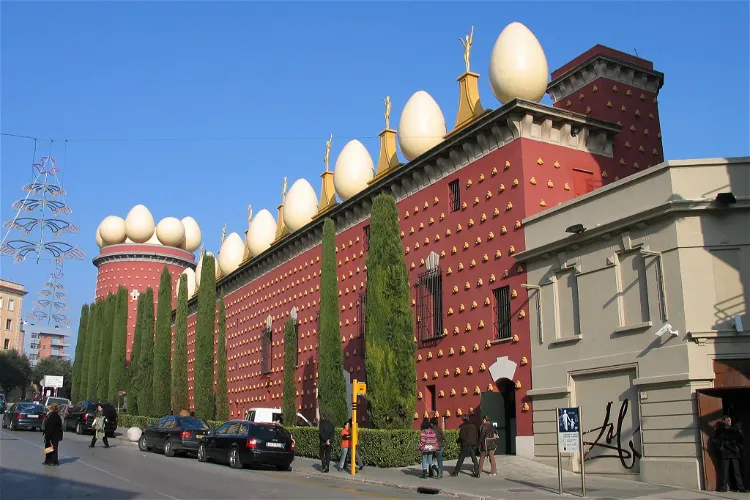
Dalí Theatre-Museum
FigueresThe Dalí Theatre and Museum is situated in the hometown of the renowned artist Salvador Dalí, Figueres, in Catalonia, Spain. This is where Dalí resided from 1984 until his death in 1989. The museum is a tribute to his life and work, and it is also his final resting place, as he is buried in a crypt below the stage.
Nau Gaudí
MataróBuilt between 1878 and 1883 by Antonio Gaudí. Highlight is the structure of the whitening room with parabolic arches.
Gaudí Center
ReusThe Gaudí Centre, located in Reus, Catalonia, Spain, is a museum dedicated to the life and works of the renowned Spanish architect Antoni Gaudí I Cornet. This museum offers a comprehensive insight into Gaudí's artistic journey, showcasing his unique architectural style and innovative design techniques.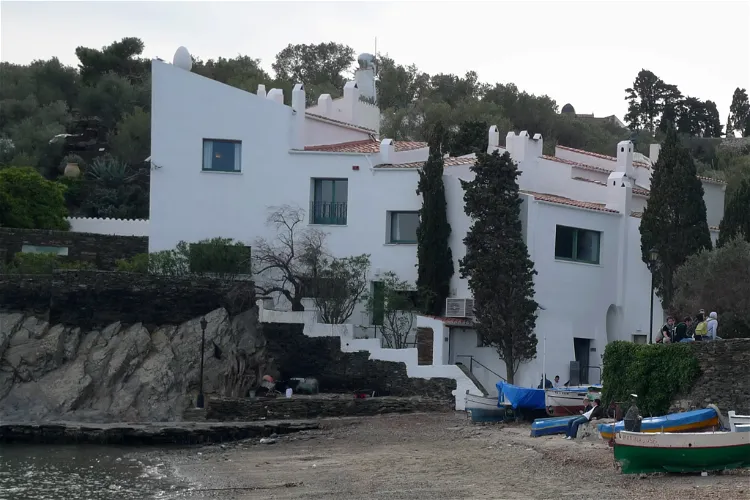
Salvador Dalí House Museum
CadaquésThe Salvador Dalí House Museum, located in Portlligat near Cadaqués, is a significant site as it was once the only stable residence of the renowned painter Salvador Dalí. Today, it serves as a museum, offering visitors a unique insight into the life and work of the artist.- Online discount!
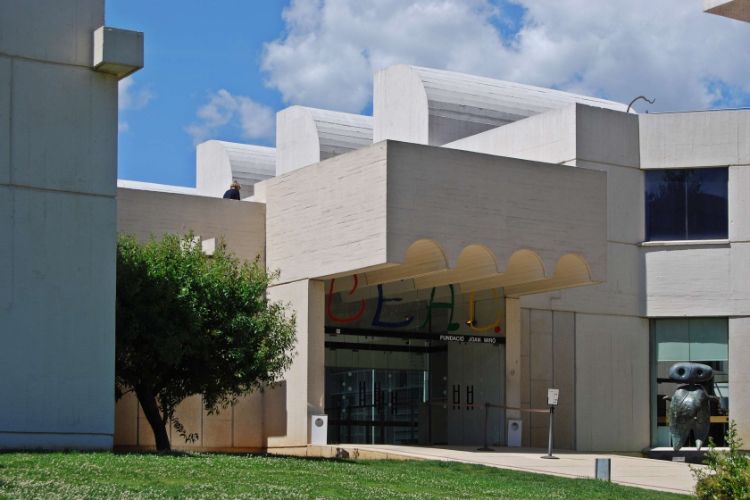
Fundacio Joan Miro
BarcelonaLocated in a modern building, art gallery Fundacio Joan Miro is dedicated to the great Surrealist painter Joan Miró, who was born in Barcelona. The museum displays many of his paintings, sculptures, and drawings. In addition, there is a special area designated for promoting young experimental artist 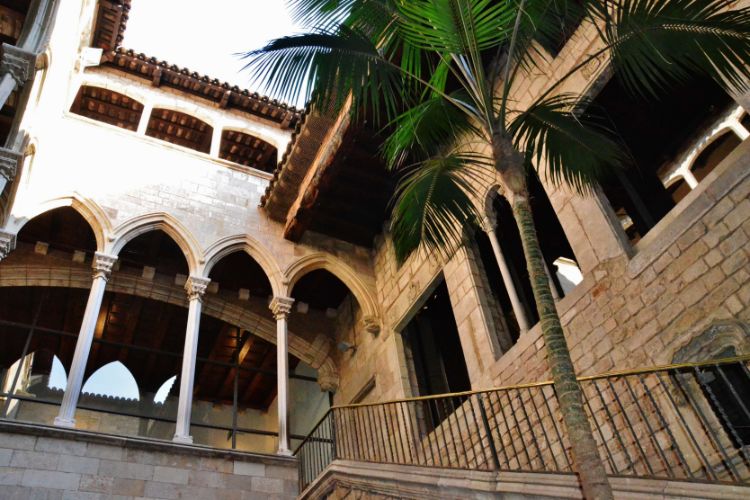
Museu Picasso
BarcelonaMuseu Picasso is a museum full of drawings and paintings by the famous artist. The museum is housed in five palaces dating back to the 13th and 14th centuries. Opened in 1963, it was the first museum dedicated to Picasso's work. The permanent collection comprises more than 3,500 artworks. Most of th
Camp Nou Experience Tour & Museum
BarcelonaThe FC Barcelona Museum can only be visited in combination with the Camp Nou Experience. The first section includes a collection of photos, documents and trophies detailing the club's history on an interactive glass wall that allows the exhibition of video, images and music. The second section is a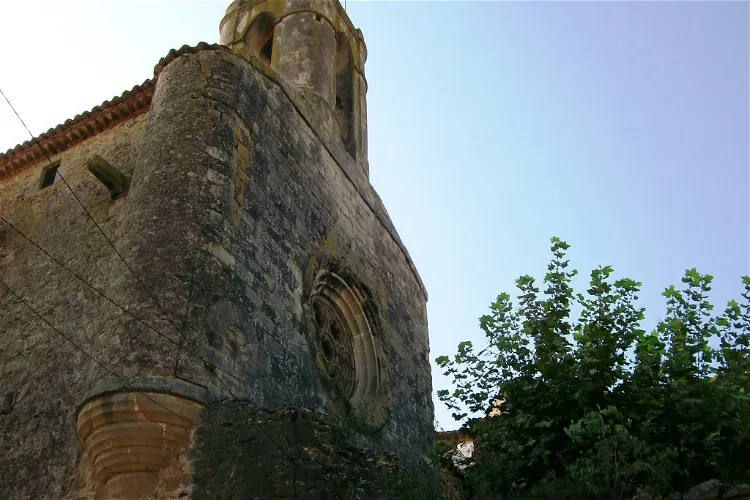
Castle of Púbol
PúbolThe Castle of Púbol, a Gothic-Renaissance fortification from the 11th century, is located in the hamlet of Púbol, which belongs to the municipality of La Pera, in the Baix Empordà. This historical site offers a unique glimpse into the past, with its well-preserved architecture and rich history.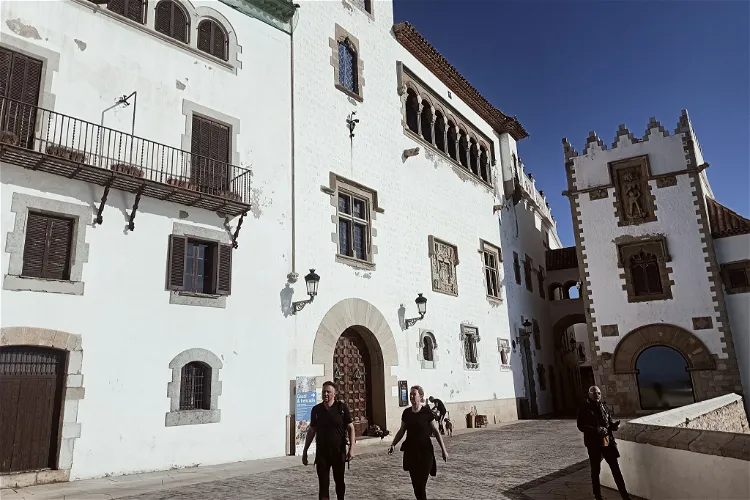
Cau Ferrat Museum
SitgesThe Cau Ferrat Museum, located in the picturesque town of Sitges in Catalonia, is a place of historical and artistic significance. Originally, it served as the home and workshop of the renowned artist and writer Santiago Rusiñol. This unique setting offers visitors a glimpse into the life and work of this influential figure in Catalan modernism.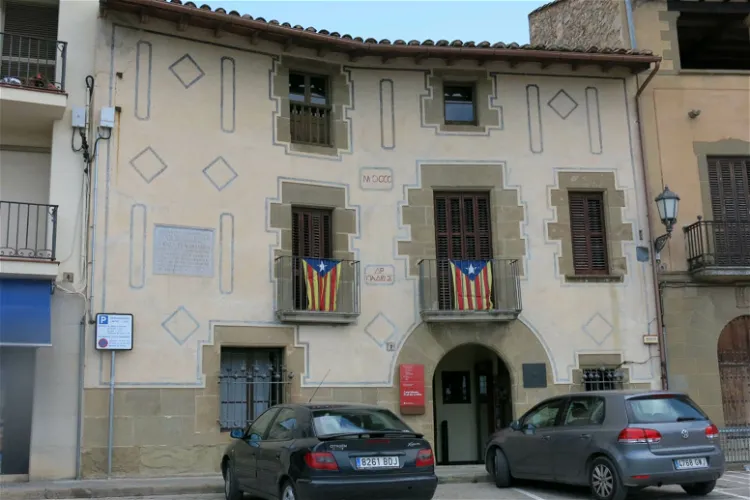
Casa Museu Prat de la Riba
CastellterçolThe Casa-Museo Prat de la Riba is a museum situated in the town of Castelltersol, in the Catalan region of Moyanés, Spain. It is the birthplace and deathplace of the Spanish politician Enric Prat de la Riba, a key theorist of Catalan nationalism, founder of the Lliga Regionalista, and the first president of the Mancomunidad de Cataluña.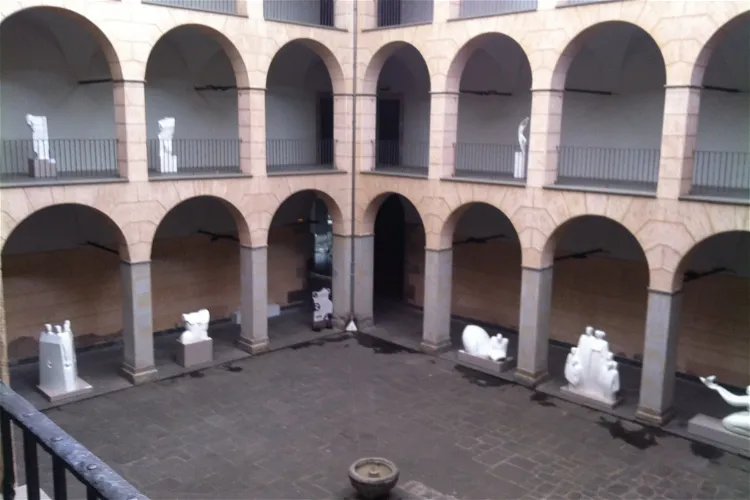
Garrocha Museum
OlotThe Garrotxa Museum, also known as Museu Comarcal de la Garrotxa and Museu d’Art Modern d’Olot, is an art museum located in the Catalan city of Olot. Established in 1943, the museum is housed in a neoclassical villa from 1854 in the 'Parc Nou' of Olot, donated by the Sureda family to the city. Since 1981, the museum has been part of the Museu Comarcal de la Garrotxa network and is currently located in the Old Hospice of Olot.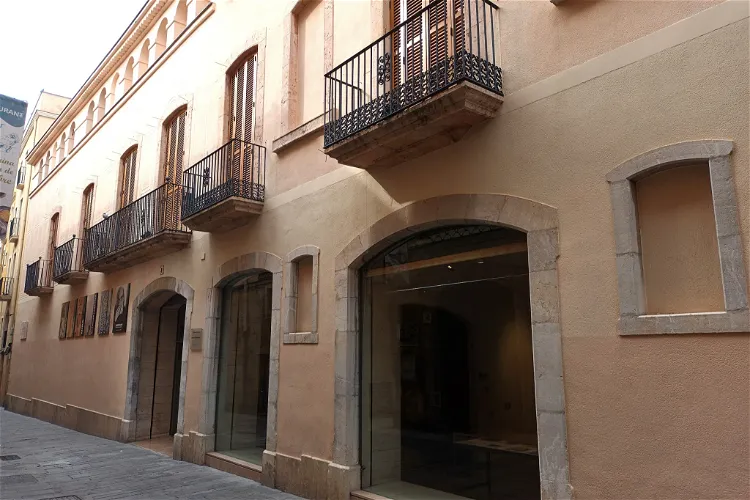
Museum of Modern Art
TarragonaThe Museum of Modern Art in Tarragona, established in 1976, serves as a hub for the promotion, study, and understanding of modern and contemporary art. It is dedicated to the conservation and display of its artistic heritage, making it a significant destination for art enthusiasts.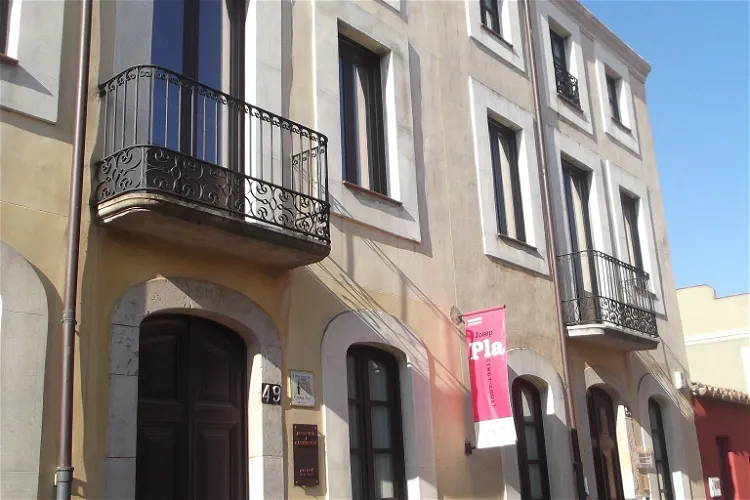
The Josep Pla Foundation
PalafrugellThe Josep Pla Foundation, located in Palafrugell, is a literary heritage center dedicated to promoting the reading and study of the works of Josep Pla. This includes both his literary and journalistic contributions. The foundation aims to facilitate access to Pla's works and encourage a deeper understanding of his contributions to literature.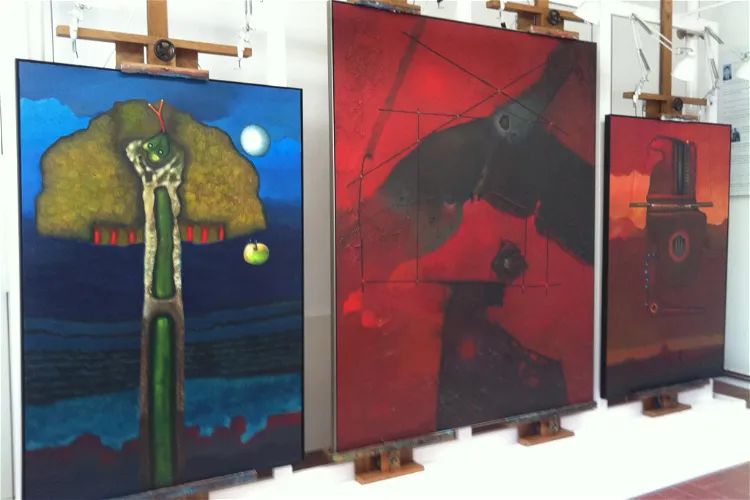
The Cuixart Foundation
PalafrugellThe Cuixart Foundation is in charge of maintaining the modernist house where Modest Cuixart lived from the 70s. This house, along with the painter's workshop, forms part of the cultural heritage of the Foundation. Visitors to the Foundation can explore these preserved spaces, offering a unique insight into the life and work of the artist.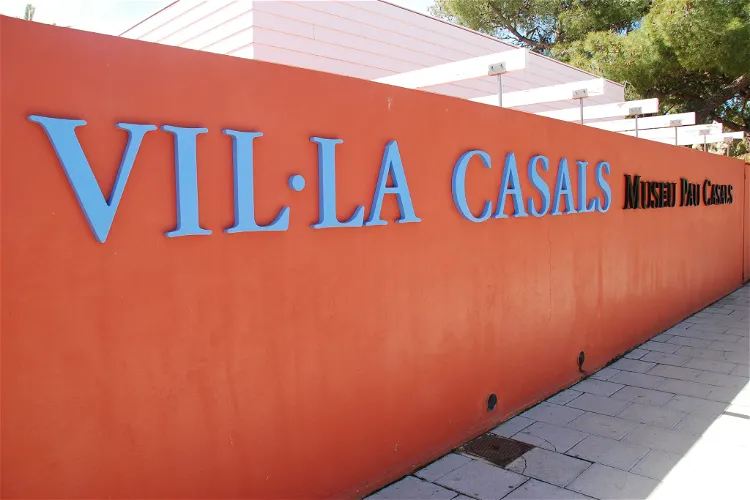
Pau Casals Museum
El VendrellThe Pau Casals Museum, located on the seafront of San Salvador in Vendrell, is dedicated to the life and work of Pau Casals. The museum, which was inaugurated in 1974, aims to conserve, preserve, and disseminate the figure of Pau Casals, his work, and his heritage.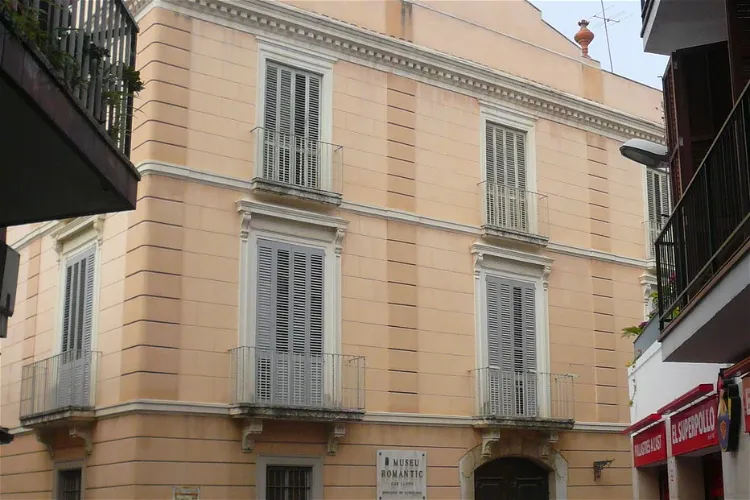
Can Llopis Romanticism Museum
SitgesThe Can Llopis Romanticism Museum, also known as Museu Romàntic Can Llopis, is situated in a Neoclassical-style building in the heart of Sitges. It is a part of the Barcelona Provincial Council Local Museum Network, making it a significant cultural site in the region. The museum is housed in the former Casa Llopis, a stately home built in 1793 that was once one of the most impressive residences in Sitges's new district.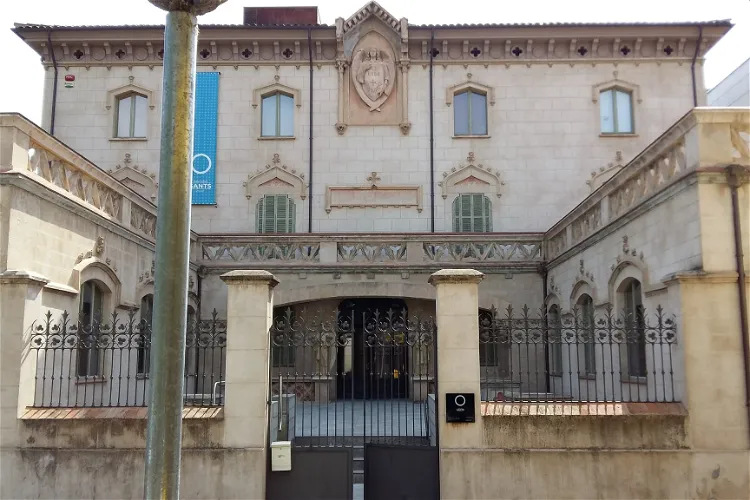
Olot Saints Museum
OlotThe Olot Saints Museum, which opened its doors in 2007, is a unique institution dedicated to the craft of creating religious imagery. Located in Olot, Girona, the museum houses a variety of items that provide insight into this specialized craft. Visitors can explore the intricate process of creating religious figurines and learn about the history and significance of this art form.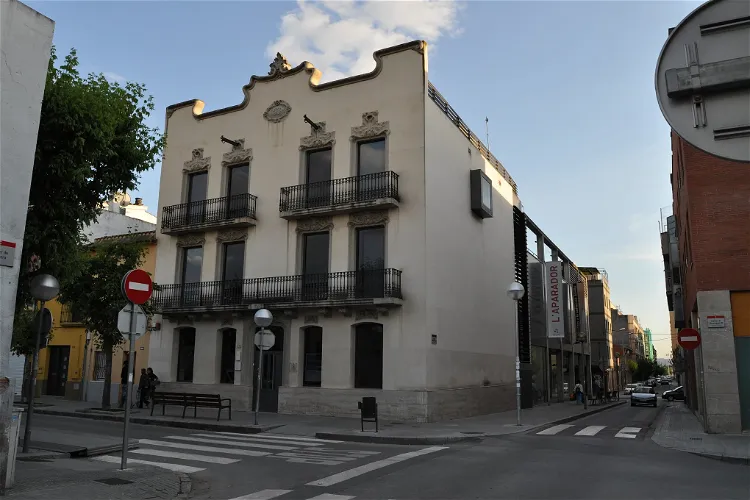
Abelló Museum
Mollet del VallèsThe Abelló Museum, located in Mollet del Vallés, Barcelona, is a significant institution that was established by the city council. The museum was created from the art collection bequeathed to the city by Joan Abelló, a renowned collector, businessman, and painter. This museum is a testament to Abelló's legacy and his contribution to the art world.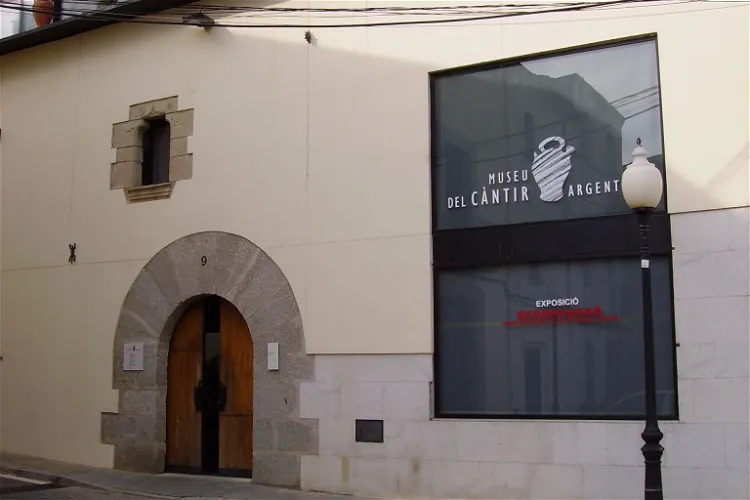
Argentona Water Jug Museum
ArgentonaThe origins of the Argentona Water Jug Museum are closely tied to the Fiesta del Botijo, a festival that has been celebrated on August 4th since 1951. This festival revived a tradition dating back to the 17th century, when the people voted to honor Saint Dominic, the patron saint of waters, for protecting them from a severe plague epidemic. The festival and the museum were both promoted by Jaume Clavell i Nogueras and a group of citizens grouped under the name of Amics d'Argentona.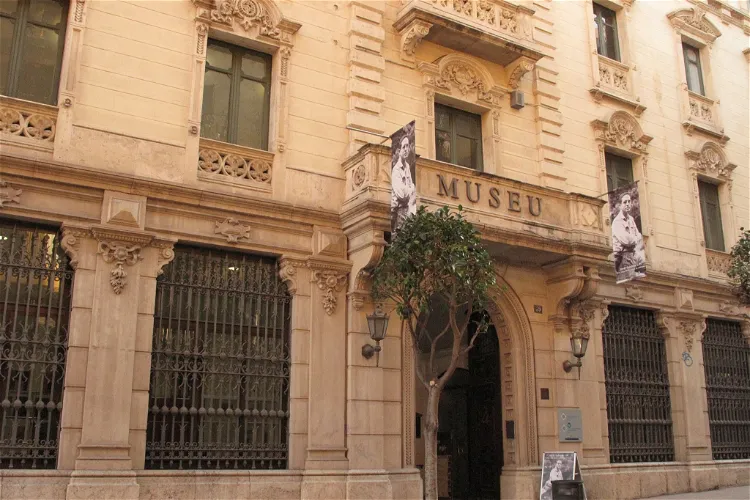
Salvador Vilaseca Museum
ReusThe Salvador Vilaseca Museum in Reus, Spain, is a well-established institution managed by the Municipal Institute of Museums of Reus. It is known for its significant heritage and artistic collections, making it one of the most important museums in the region of Catalonia. The museum's collections span the history of the city and its surroundings, providing a comprehensive overview of the region's past.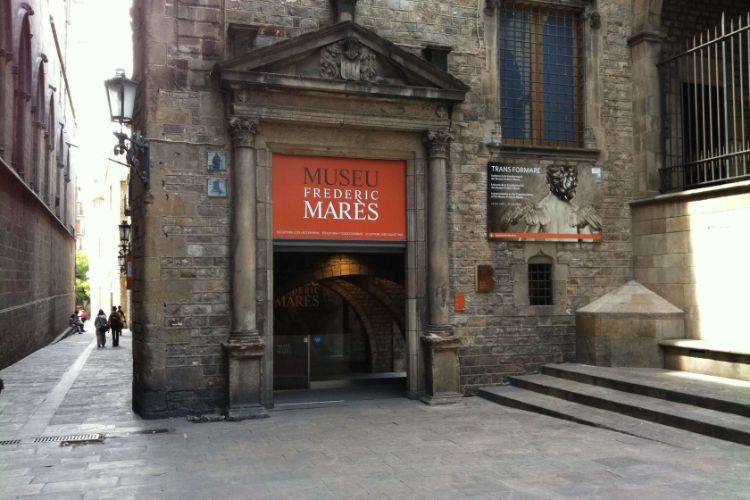
Frederic Mares Museum
BarcelonaThe Frederic Mares Museum presents a complex and varied collection of Spanish sculptures ranging from the ancient world to the 19th century. Accumulated by a passionate collector and sculptor Frederic Marès, it is one of the most important sculpture museums in Spain. Housed in a former palace of the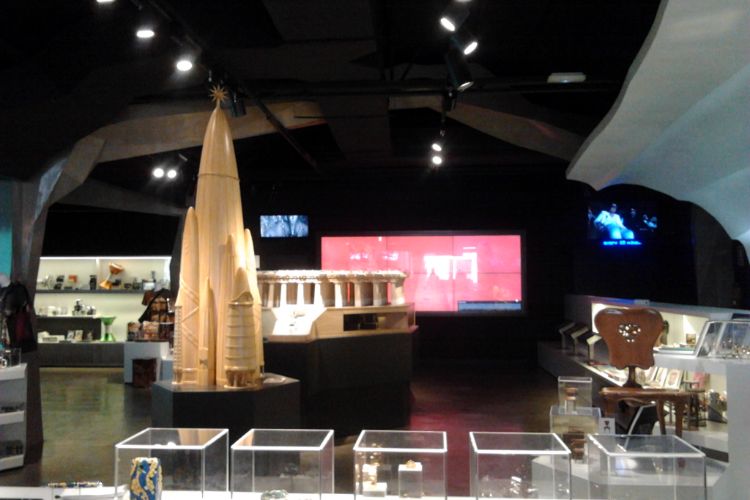
Gaudi Experience
BarcelonaG Experiència (the Gaudi Experience) is a way to find out about Antoni Gaudí and his work. Visitors are able to explore Antoni Gaudí’s creative universe through 4D and interactive technology.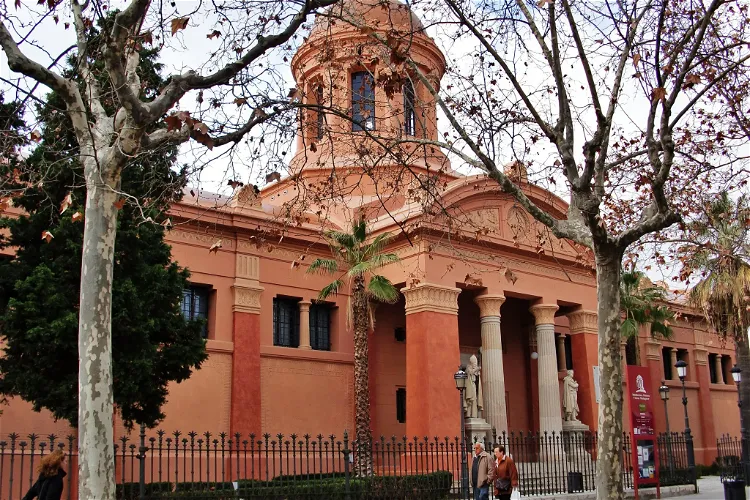
Biblioteca Museu Víctor Balaguer
Vilanova y GeltrúThe museum is home to the legacy of its founder, Víctor Balaguer. This includes a vast collection of books and various works of art that he amassed throughout his life. Visitors can explore a wide range of paintings, sculptures, ceramic and glass pieces, and ethnographic objects from distant cultures.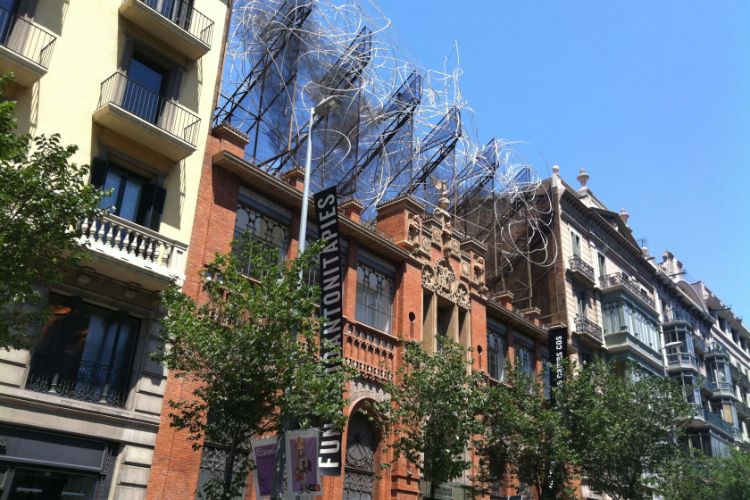
Fundació Antoni Tàpies
BarcelonaDesigned by Domènech i Montaner, museum Fundació Antoni Tàpies is dedicated to the artist Antoni Tàpies, a Catalan sculptors and painters of the 20th century Spain. The museum houses an extensive collection of Tàpies’ work as well as artworks of other contemporary artists. It combines temporary exhi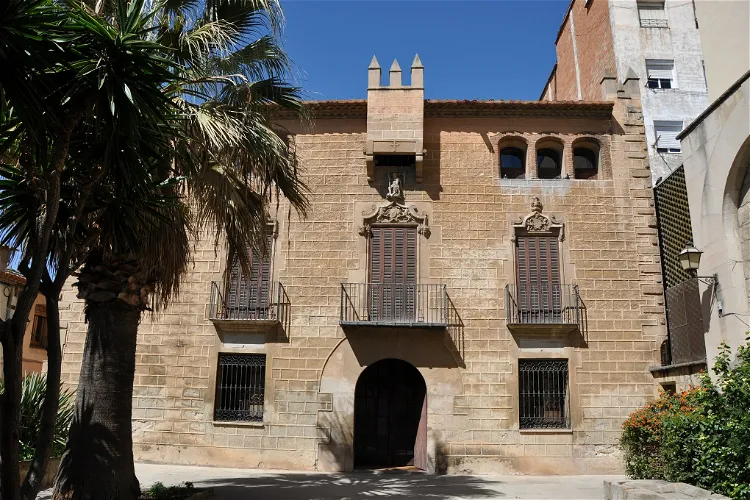
L'Hospitalet Museum
l'Hospitalet de LlobregatEl Museo de Hospitalet, located in Hospitalet de Llobregat, is a cultural facility owned by the municipality. The museum's primary objective is to disseminate and preserve the cultural and material heritage of the region. This makes it an ideal place for tourists interested in learning about the local culture and history.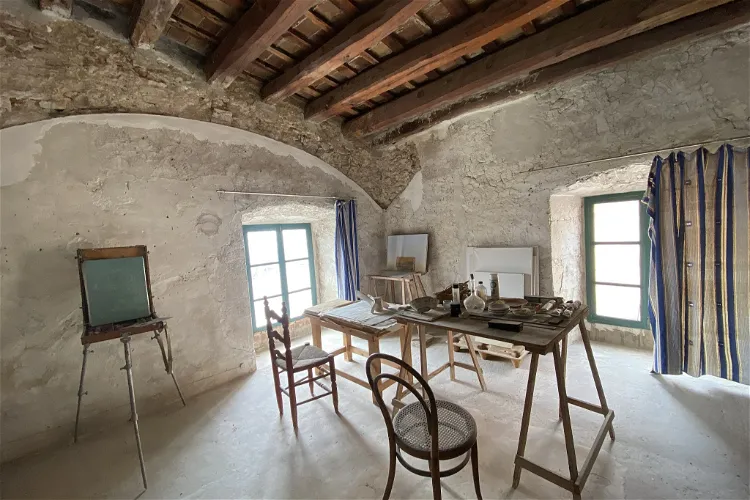
Apel·les Fenosa Museum
El VendrellThe Apel·les Fenosa Foundation is a museum dedicated to the life and works of the Catalan sculptor Apel·les Fenosa. It is located in a building known as the Casa del Pardo, at Major Street, 25. in El Vendrell, Tarragona. The museum's primary mission is to preserve and disseminate the legacy of this renowned artist.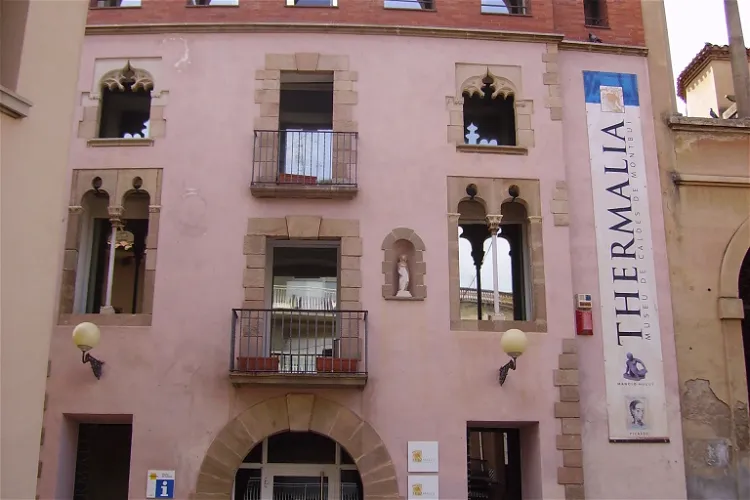
Thermalia Museum
Caldes de MontbuiThermalia is a thematic center that focuses on the culture of thermal water. It is situated in Caldas de Montbuy, a town in the Vallés Oriental region of Catalonia. This unique museum provides an in-depth look into the history and significance of thermal water in the region.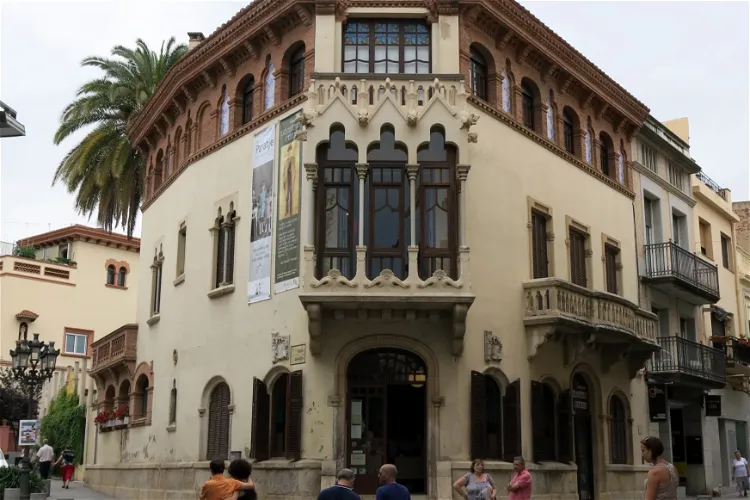
Lluís Domènech i Montaner House-Museum
Canet de MarThe Lluís Domènech i Montaner House-Museum, located in Canet de Mar, Barcelona, is a space dedicated to the study of the life and work of the renowned architect Lluís Domènech i Montaner. The museum comprises the Domènech house, designed by the architect himself, and the 16th-century farmhouse of Can Rocosa, which was converted into his workshop-studio.- 31
Museu del Calçat
BarcelonaMuseu del Calçat (Shoe Museum) traces the history of footwear and has a section devoted to shoes worn by famous personalities. The museum displays portraits of guild members, reproductions of footwear from the 2nd to 18th centuries and authentic shoes from the 18th century to the present day. Beside - 32
MUHBA Vil·la Joana
BarcelonaVil·la Joana is a masia (a type of rural construction common to all the old Crown of Aragon). The two storey building with a watchtower and lateral galleries is located in Vallvidrera in the middle of Collserola Natural Park. Vil·la Joana houses one of the branches of the Barcelona City History Muse - 33
Museu Palmero
BarcelonaMuseu Palmero lets you discover the former 15th century farmhouse, and lets you enjoy a pictorial background, works by the Palermo series of painters, who still live in the building. The collection of Museu Palmero also comprises of paintings by Maestro Palmero that depict characters who appear thro